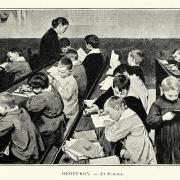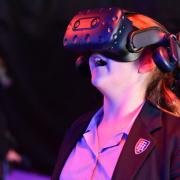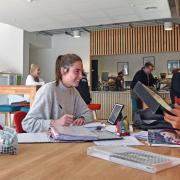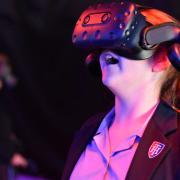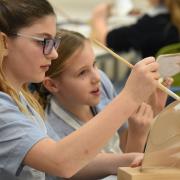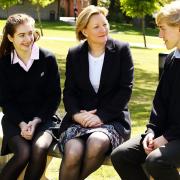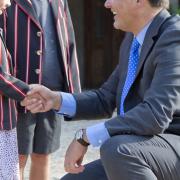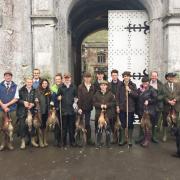Dr Julie Kirkby, a Senior Lecturer in Psychology at Bournemouth University, reveals how innovative eye-tracking technology could help children who struggle with dyslexia
What can eye tracking tell us about reading, writing, and dyslexia? During my research into language and literacy development I have discovered that innovative eye-tracking technology allows investigation of the moment-to-moment cognitive processing that occurs during reading in children with reading difficulties.
Over the last 40 or so years, it has become increasingly apparent that eye movement methodology is an extremely valuable tool for scientists who want to investigate aspects of human cognitive processing. Eye movement measurement has traditionally been associated with research investigating visual processing and written language comprehension. Within the last decade or so, however, something of an explosion has occurred in the use of research focused on eye movements more generally within the field of psychology.
A substantial body of research exists that explores eye movement behaviour during reading. However comparatively little research has investigated children’s eye movements, especially those with dyslexia. There are around 1.2 million children in the UK with dyslexia, that’s roughly three in every class. Improved theoretical understanding of reading difficulties will underpin practical educational support of those who struggle with language. I am an expert in eye movements during reading in children with dyslexia and my research uses state-of-the-art eye tracking technology as a window to the mind.
When we read, our eyes make very small, jerky, movements, called saccades, which bring the point of eye gaze to the next word in the text. During these fast jerky eye movements your brain fills in the gaps, as virtually no visual information is taken in.
Between these movements, the eyes are relatively still and the majority of word processing occurs, these are called fixations. During a fixation we recognise letters and identify the relative location of each letter and activate a word in our mental vocabulary that best matches the visual input. This all happens in around 200 milliseconds - an astoundingly short amount of time.
We are usually so efficient at reading that some words are actually skipped over and not fixated on at all. If some words are difficult to read they require more than one fixation, and when we are really struggling to comprehend text we often re-fixate on parts of text. Tracking and analysing eye movements give us an excellent window into children’s reading development.
Recently we have adopted a new approach to investigating children’s reading by testing children in the classroom environment with a head-mounted eye-tracker. Classroom learning, the bedrock of school education, relies heavily on copying and note-taking. Copying from a board presents serious difficulties to learners with dyslexia. The task itself is psychologically complex, involving a series of sequential visual and cognitive processes, including visual-encoding, construction and maintenance of a mental representation in working memory, and production in written form. The Language and Literacy Development Group at Bournemouth University are examining the time-course of word-processing during copying. Their aim is to extend our current understanding of the complex series of mental events that happen during this task.
At this year’s Festival of Learning there is a one day event aimed at professionals, teachers and all those with an interest in improving the educational outcome for those with dyslexia. During this event I will explain how eye-tracking technology can help to explore a child’s reading and writing development, as well as quantifying approaches to improve reading skills.
I will also answer some of the common questions about reading: for example, is it true that “aoccdrnig to a rscheearch at Cmabrigde Uinervtisy, it deosn’t mttaer in waht oredr the ltteers in a wrod are, the olny iprmoetnt tihng is taht the frist and lsat ltteer be at the rghit pclae”?
***
READ ON
• Treatment available to help prevent migraine attacks - Migraines are a debilitating illness which can leave people suffering for days after the initial attack, but there is quick and effective treatment available to help prevent attacks as Consultant Neurologist, Dr Rudy Capildeo explains.
• 33 famous people who went to school in Dorset - Celebrities and other famous figures who went to school in Dorset.




